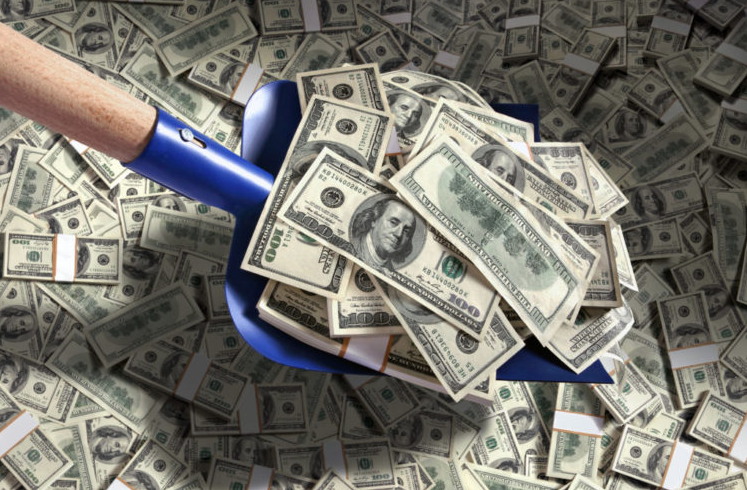Ramesh Ponnuru of National Review Online highlights a problem linked to recent Federal Reserve projections.
The Federal Reserve has since 2012 explicitly, and for longer than that all but explicitly, said that it is aiming for a target rate of 2 percent annual inflation, as measured by the price index for Personal Consumption Expenditures (PCE). Last month it announced that it wanted to hit this target on average, so that a period of below-2-percent inflation would be followed by a period of above-2-percent inflation.
This move was designed, among other things, to make the Fed’s target more credible. Over the last decade, annual PCE inflation has been consistently below its target. But the announced change in strategy lacked clarity. When does the period over which the average would be reached start? Will the Fed try to make up for below-2-percent inflation in 2020, or will it start the clock in 2021? How long will it wait to make up for a past undershoot, and how long will it plan to take to make up for it? The Fed didn’t say. So the announcement may have done more to destabilize expectations of the future path of prices than to stabilize them. …
… The Fed issued a statement that it would “aim to achieve inflation moderately above 2 percent for some time so that inflation averages 2 percent over time and longer-term inflation expectations remain well anchored at 2 percent.”
But it also released a summary of economic projections by its board members and bank presidents. They expect PCE inflation to run below 2 in 2020, 2021, and 2022, and to hit it in 2023. …
… [I]f you say your goal is to hit a 2 percent average and that you don’t expect to hit it, then you’re saying you don’t expect to be successful. In which case, if your goal is important, you might want to adjust your plans until you think you will be.


